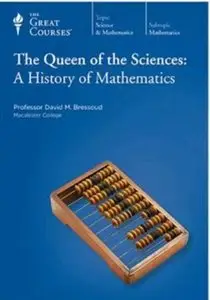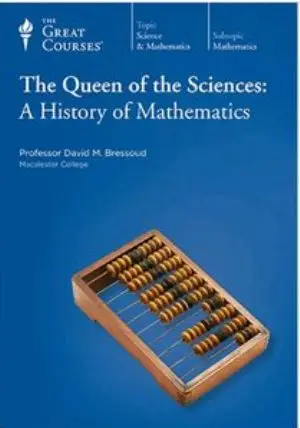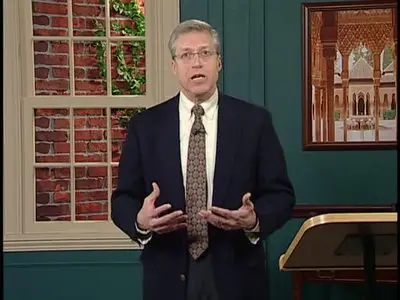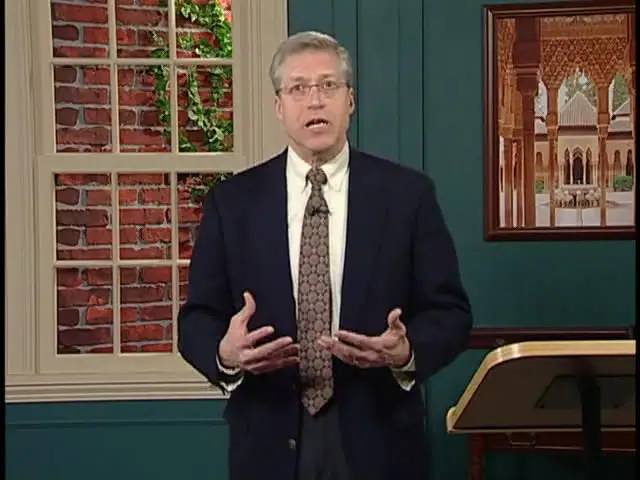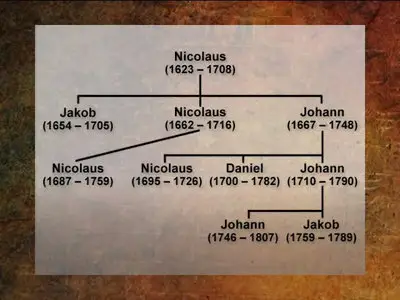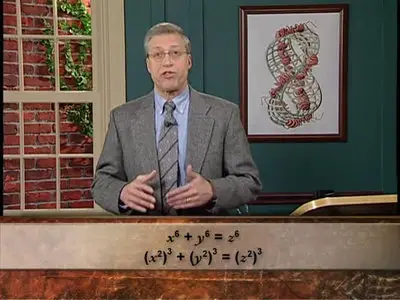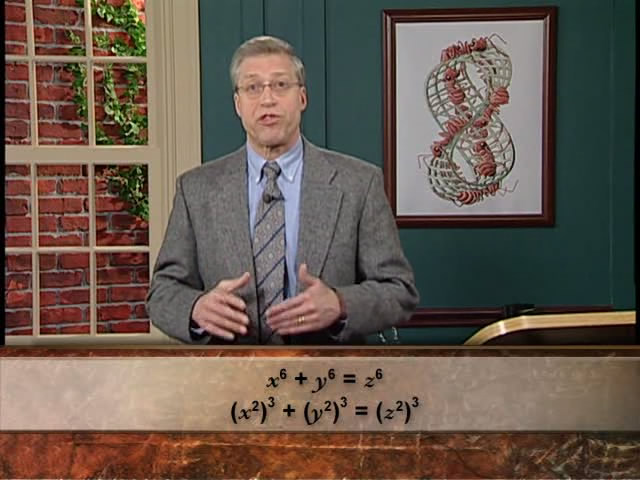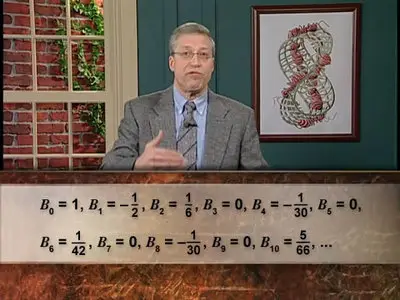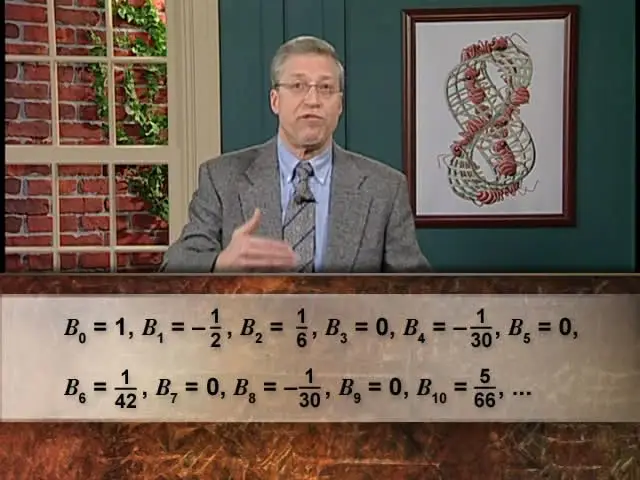Queen of the Sciences: A History of Mathematics
24xDVDRip | AVI/XviD, ~772 kb/s | 640x480 | Duration: 12:17:07 | English: MP3, 96 kb/s (2 ch) | + PDF Guide | 4.43 GB
Genre: Mathematics, History
24xDVDRip | AVI/XviD, ~772 kb/s | 640x480 | Duration: 12:17:07 | English: MP3, 96 kb/s (2 ch) | + PDF Guide | 4.43 GB
Genre: Mathematics, History
In the 17th century, the great scientist and mathematician Galileo Galilei noted that the book of nature "cannot be understood unless one first learns to comprehend the language and read the characters in which it is written. It is written in the language of mathematics, and its characters are triangles, circles, and other geometric figures, without which it is not humanly possible to understand a single word of it."For at least 4,000 years of recorded history, humans have engaged in the study of mathematics. Our progress in this field is a gripping narrative, a never-ending search for hidden patterns in numbers, a philosopher's quest for the ultimate meaning of mathematical relationships, a chronicle of amazing progress in practical fields like engineering and economics, a tale of astonishing scientific discoveries, a fantastic voyage into realms of abstract beauty, and a series of fascinating personal profiles of individuals such as:
Archimedes, the greatest of all Greek mathematicians, who met his death in 212 B.C. at the hands of a Roman soldier while he was engrossed in a problem
Evariste Galois, whose stormy life in 19th-century radical French politics was cut short by a duel at age 20—but not before he laid the foundations for a new branch of modern algebra called Galois theory
Srinivasa Ramanujan, an impoverished college dropout in India who sent his extraordinary equations to the famous English mathematician G. H. Hardy in 1913 and was subsequently recognized as a genius
An inquiring mind is all you need to embark on this supreme intellectual adventure in The Queen of the Sciences: A History of Mathematics, which contains 24 illuminating lectures taught by award-winning Professor of Mathematics David M. Bressoud.
The "Queen of the Sciences"
The history of mathematics concerns one of the most magnificent, surprising, and powerful of all human achievements. In the early 19th century, the noted German mathematician Carl Friedrich Gauss called mathematics the "queen of the sciences" because it was so successful at uncovering the nature of physical reality. Gauss's observation is even more accurate in today's age of quantum physics, string theory, chaos theory, information technology, and other mathematics-intensive disciplines that have transformed the way we understand and deal with the world.
The Queen of the Sciences takes you from ancient Mesopotamia—where the Pythagorean theorem was already in use more than 1,000 years before the Greek thinker Pythagoras traditionally proved it—to the Human Genome Project, which uses sophisticated mathematical techniques to decipher the 3 billion letters of the human genetic code.
Along the way, you meet a remarkable range of individuals whose love of numbers, patterns, and shapes created the grand edifice that is mathematics. These include astrologers, lawyers, a poet, a cult leader, a tax assessor, the author of the most popular textbook ever written, a high school teacher, a blind grandfather, an artist, and several prodigies who died too young.
You find the problems and ideas that preoccupied them can be stated with the utmost simplicity:
Is there a method for finding all the prime numbers below a given number? (Eratosthenes, c. 200 B.C.)
The equation xn + yn = zn has no whole-number solutions where n is greater than 2. (Pierre de Fermat, 1637)
What would it mean if space is non-Euclidean; that is, if it is not flat as described by Euclid? (János Bolyai, 1832)
The second of these propositions, called Fermat's last theorem, is one of the most famous in mathematics. It was followed by this postscript in the book where Fermat jotted it down: "I have a truly marvelous demonstration, which this margin is too narrow to contain." Since Fermat never wrote out his proof, his statement served as a tantalizing challenge to succeeding generations of mathematicians.
The difficult road to a proof of Fermat's last theorem is a theme that surfaces throughout the last half of this course. Among other intriguing facts, you learn that Circle Limit III, a mathematically inspired woodcut by the Dutch artist M. C. Escher, relates directly to the technique that eventually showed the way to a solution by mathematician Andrew Wiles in 1994.
See Mathematics in Context
Professor Bressoud begins the course by defining mathematics as the study of the abstraction of patterns. Mathematics arises from patterns observed in the world, usually patterns expressed in terms of number and spatial relationships. Furthermore, it is a human endeavor found in every culture extending back as far as records go.
The Queen of the Sciences focuses on the European tradition that grew out of early mathematics in Mesopotamia, Egypt, and Greece. The first eight lectures examine these foundations and the contributions of India, China, and the Islamic world, which played important roles in the development of European mathematical achievements. For example:
The earliest recorded use of zero as a placeholder was found in a Hindu temple in Cambodia constructed in A.D. 683. Zero had been used a few decades earlier by the Indian astronomer Brahmagupta not as a placeholder but as a number that could be manipulated.
An approximation for pi of 355/113 was developed in the 5th century by the Chinese astronomer Zu Chongzhi. Correct to seven decimal places, this approximation would remain the most accurate estimate for more than 1,000 years.
The first treatise on al-jabr (restoring) and al-muqabala (comparing)—the process of solving an algebraic equation—was written in A.D. 825 by the Islamic mathematician Abu Jafar al-Kwarizmi. Al-jabr eventually would become the word "algebra" and al-Kwarizmi would become the word "algorithm."
The next eight lectures show how Western Europe, beginning in the late Middle Ages, gathered existing mathematical ideas and refined them into new and powerful tools. The heart of this section is five lectures on the 17th century, when the separate threads of geometry, algebra, and trigonometry began to meld into a cohesive whole, one whose fruits included the creation of calculus by Isaac Newton and Gottfried Wilhelm Leibniz.
Calculus is another recurring theme throughout this course, making its first appearance in the method of exhaustion developed by the ancient Greeks. In the early 17th century, John Napier initiated the idea of logarithms, which added to the examples from which the general rules of calculus emerged. You discover how, in his ceaseless toying with his new invention, Napier chanced on a base that is the equivalent to the modern base of the natural logarithm used in calculus: the famous number now known as e (2.71828 … ).
After studying the 18th-century contributions of Leonhard Euler—possibly the greatest mathematician who ever lived—you look at how art has influenced geometry and all of mathematics. You investigate mosaics from the Alhambra, prints by M. C. Escher and Albrecht Dürer, and other intriguing shapes and forms.
In the final eight lectures, you explore selected mathematical developments of the past 200 years, including:
Joseph Fourier's solution in the early 1800s to the problem of modeling heat flow, which led to a powerful technique called Fourier analysis for making sense of a wide range of complex physical phenomena
Bernhard Riemann's new system of geometry in the mid-1800s, which provided a framework for the revolutionary conception of space developed by Albert Einstein in his general theory of relativity
Grigori Perelman's recent, startling solution to the Poincaré conjecture proposed by Henri Poincaré in 1904, which earned Perelman the prestigious Fields Medal (which the reclusive Russian mathematician declined)
Learn with an Experienced Teacher
Experienced in teaching mathematics to students of all levels, Professor Bressoud was a Peace Corps volunteer in the West Indies before earning his Ph.D., where he taught mathematics and science to intermediate students. In addition, he has written numerous articles on mathematics education and related issues, including four textbooks that draw heavily on the history of mathematics.
His depth of knowledge and passion for teaching mathematics—which earned him the Mathematical Association of America's Allegheny Mountain Section Distinguished Teaching Award—make your journey through the story of mathematics all the more riveting and exciting.
Mathematics has exhibited an inexhaustible power to illuminate aspects of the universe that have been cloaked in mystery. In charting the storied history of its evolution, The Queen of the Sciences not only illustrates how these mysteries were revealed but exposes, with a wealth of insight, the enormous efforts that went into deciphering our natural world.
Lectures:
1. What Is Mathematics?
2. Babylonian and Egyptian Mathematics
3. Greek Mathematics—Thales to Euclid
4. Greek Mathematics—Archimedes to Hypatia
5. Astronomy and the Origins of Trigonometry
6. Indian Mathematics—Trigonometry Blossoms
7. Chinese Mathematics—Advances in Computation
8. Islamic Mathematics—The Creation of Algebra
9. Italian Algebraists Solve the Cubic
10. Napier and the Natural Logarithm
11. Galileo and the Mathematics of Motion
12. Fermat, Descartes, and Analytic Geometry
13. Newton—Modeling the Universe
14. Leibniz and the Emergence of Calculus
15. Euler—Calculus Proves Its Promise
16. Geometry—From Alhambra to Escher
17. Gauss—Invention of Differential Geometry
18. Algebra Becomes the Science of Symmetry
19. Modern Analysis—Fourier to Carleson
20. Riemann Sets New Directions for Analysis
21. Sylvester and Ramanujan—Different Worlds
22. Fermat's Last Theorem—The Final Triumph
23. Mathematics—The Ultimate Physical Reality
24. Problems and Prospects for the 21st Century
Welcome to the best eLearning video (English, German, French, Spanish language) and many more: LINK
Do not forget to check my blog! Updated regularly!
Do not forget to check my blog! Updated regularly!
No mirrors pls!


